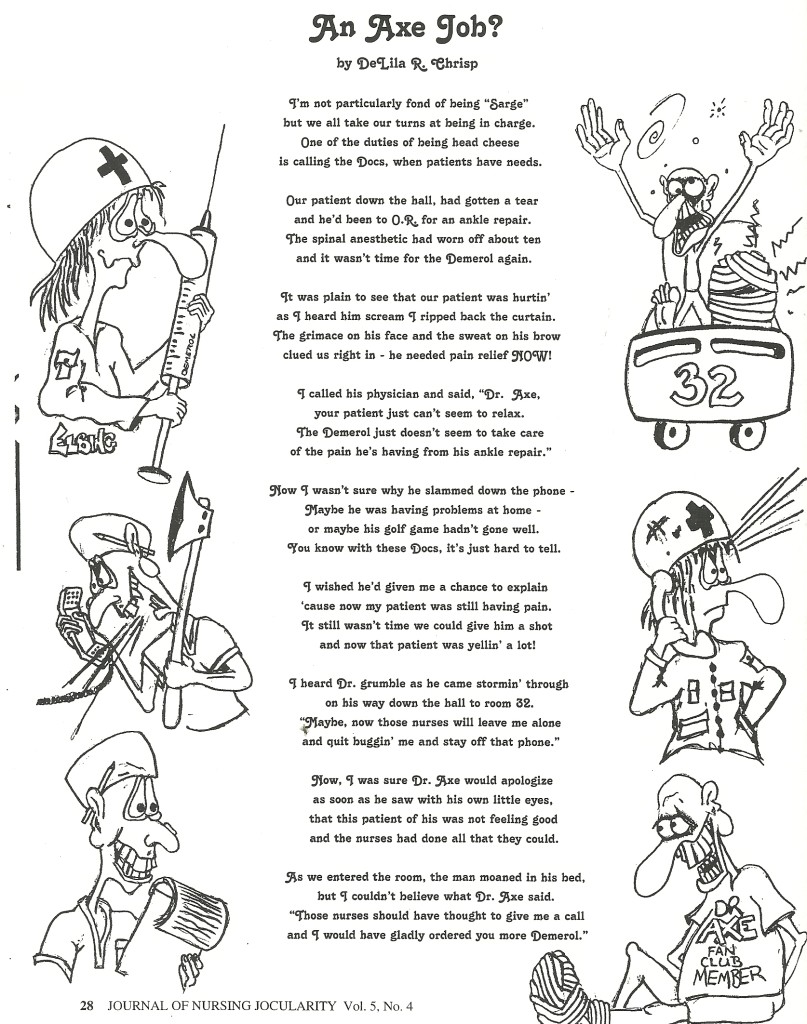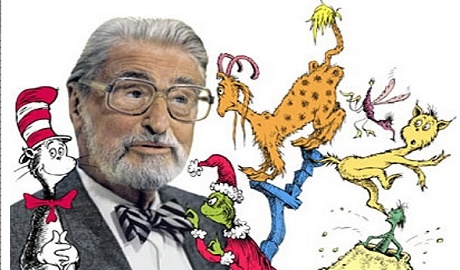A “Big” Subject
Even though knowing that these elephants are trained to paint pictures so that someone can make money, it still wet my appetite to learn more about this kind beast. And what I have found is that elephants, whether they can paint pictures or not, are amazing animals. Scientists have been intensely studying and documenting their findings in the last ten years and are finding that elephants are one of the brainiacs of the animal kingdom. The scientists have concluded that elephants are adept at using tools and they are cooperative problem solvers. They are highly empathetic creatures – comforting each other and showing grief in times of loss of a family or clan member.
Kandula lives at the National Zoo in Washington D.C. In 2010 researchers set up some props to see what Kandula would do when favorite foods were strung high above the elephant’s reach. The researchers placed sticks and heavy duty block cubes around the yard. It wasn’t instantaneous, but within a few days Kandula had an “aha moment.” With his trunk he rolled the cubes beneath the strung food, climbed up onto the cube with his front feet, stretched out his long trunk, and enjoyed lunch. When the researchers changed out the cubes with tractor tires, Kandula was not detained, using the tires just as he did the cubes. He even figured out how to stack the cubes and tires to extend his reach.
In 1968, Cynthia Moss, director or the Amboseli Trust for Elephants, moved to Africa to study elephants in the Amboseli National Park – one of the few places where elephants can live a relatively undisturbed existence in natural conditions. One day while observing the animals Cynthia watched in amazement as a young, audacious female bound into the camp of a different clan and was kidnapped by that clan. They kept her captive with their trunks and strong legs. Her mother, Echo, and elder siblings took action to free her, but were unsuccessful, and they had no choice but to retreat. A few minutes later, Cynthia watched in awe as the mother and sisters returned with all the members of their clan. They charged into the enemy camp and rescued Ebony. Cynthia maintains that this took forethought, teamwork, and problem solving.
Not only are they problem solvers and team workers, they are also capable of genuine empathy. When coming upon an elephant skeleton, especially if it is one of their clan, they will caress the bones with their trunk and the bottoms of their sensitive, padded feet. Cynthia Moss has observed elephants kicking dirt over the skeletons and covering them with palm leaves. Elephants have never been seen doing this with the bones of other species.
In my way of thinking, elephants don’t need to paint to be impressive. Maybe God wanted us to see their greatness in more than just their size.
Until next week – if you keep on readin’, I’ll keep on writin’.

Amboseli National Park, Kenya — African Elephants with Calf — Image by © DLILLC/Corbis


 (FYI – the “Journal of Nursing Jocularity” was disbanded a few years after this article was printed when the entire staff (all nurses) were traveling together to a nursing conference and was involved in a fatal car wreck.)
(FYI – the “Journal of Nursing Jocularity” was disbanded a few years after this article was printed when the entire staff (all nurses) were traveling together to a nursing conference and was involved in a fatal car wreck.)

